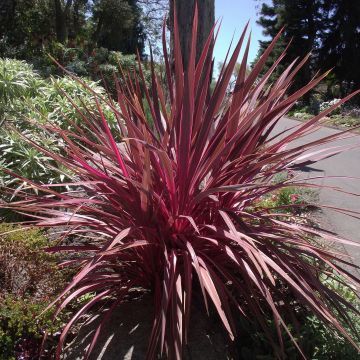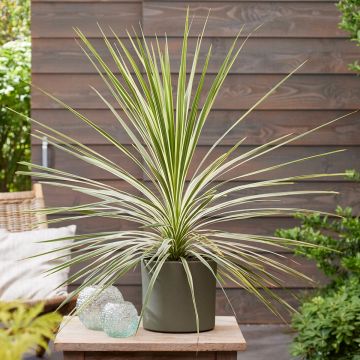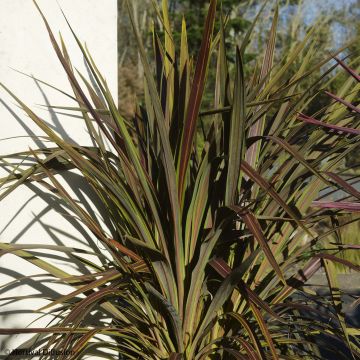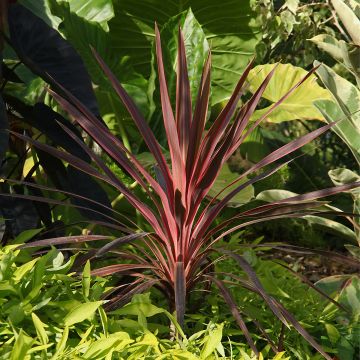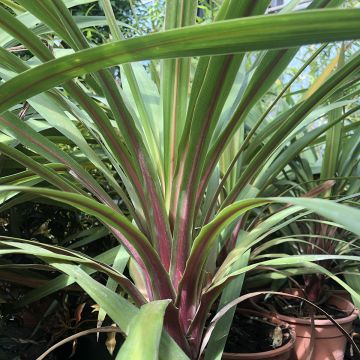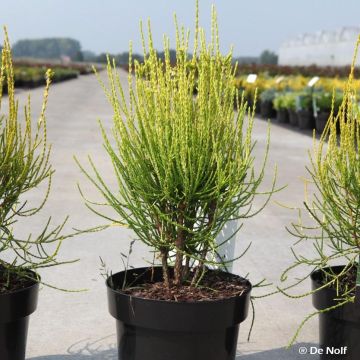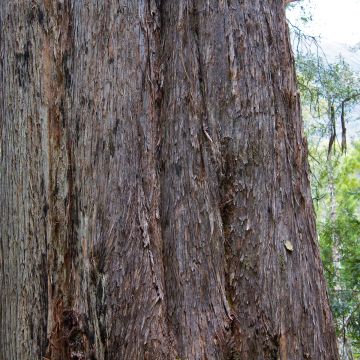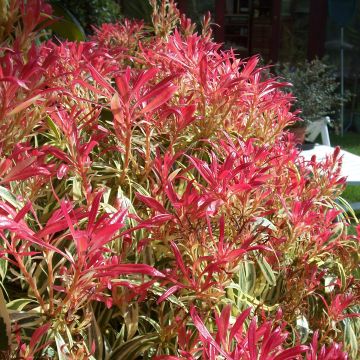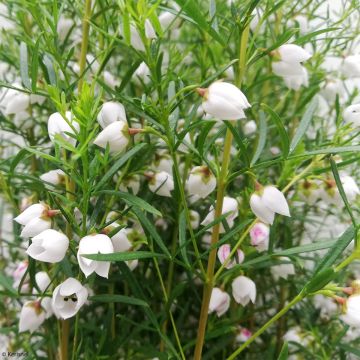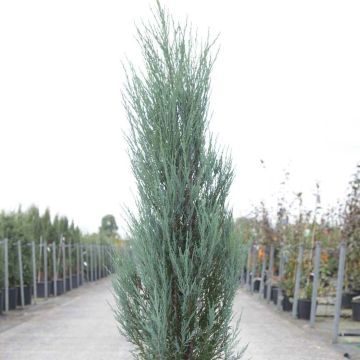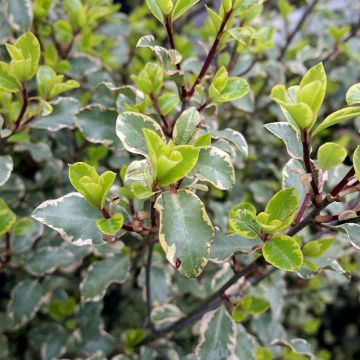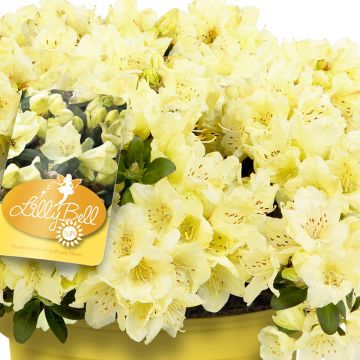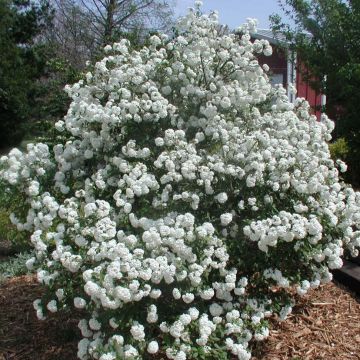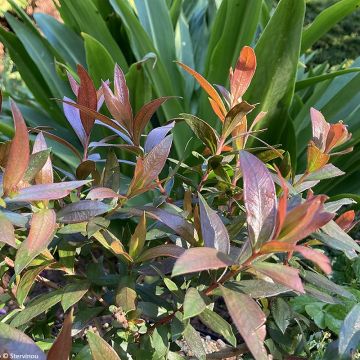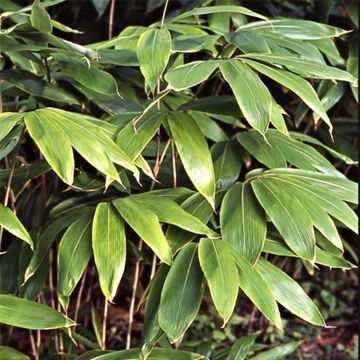

Cordyline australis - Cabbage Tree


Cordyline australis - Cabbage Tree


Cordyline australis - Cabbage Tree


Cordyline australis - Cabbage Tree
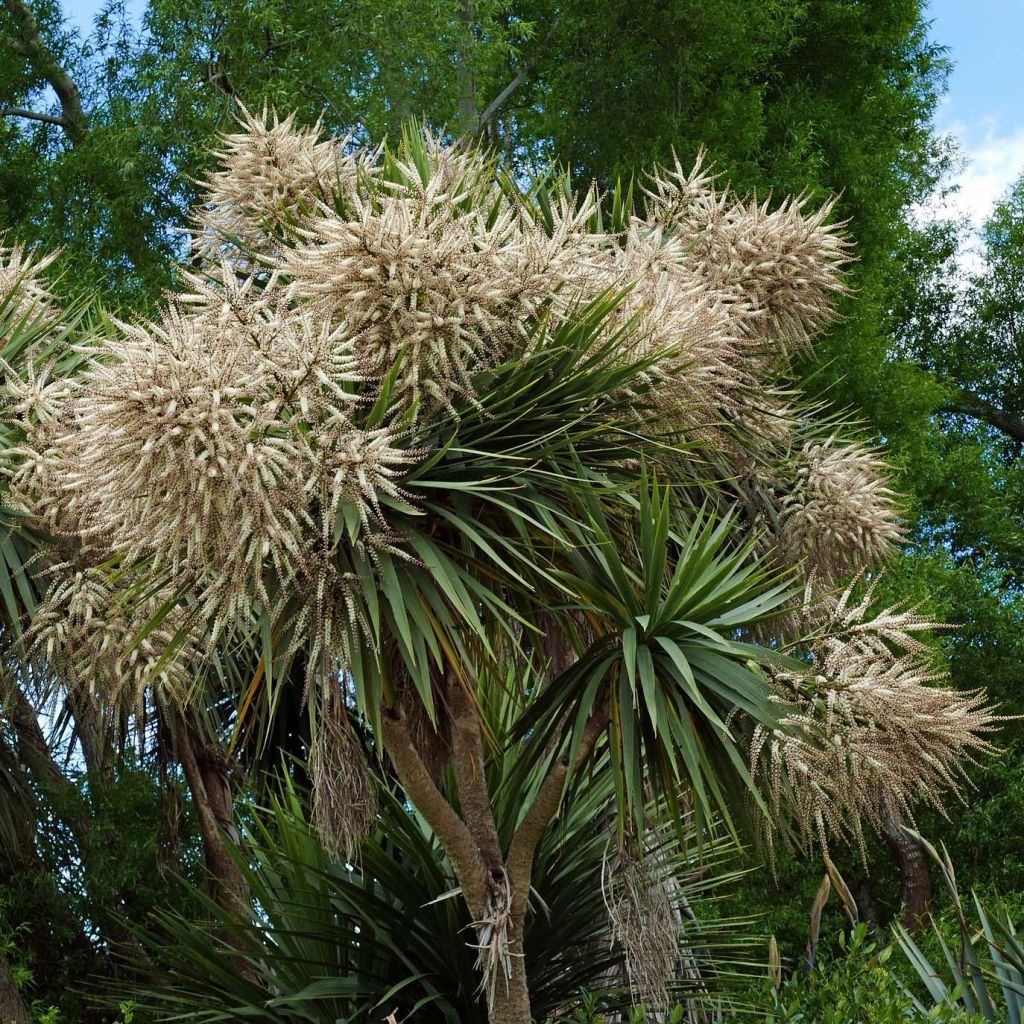

Cordyline australis - Cabbage Tree
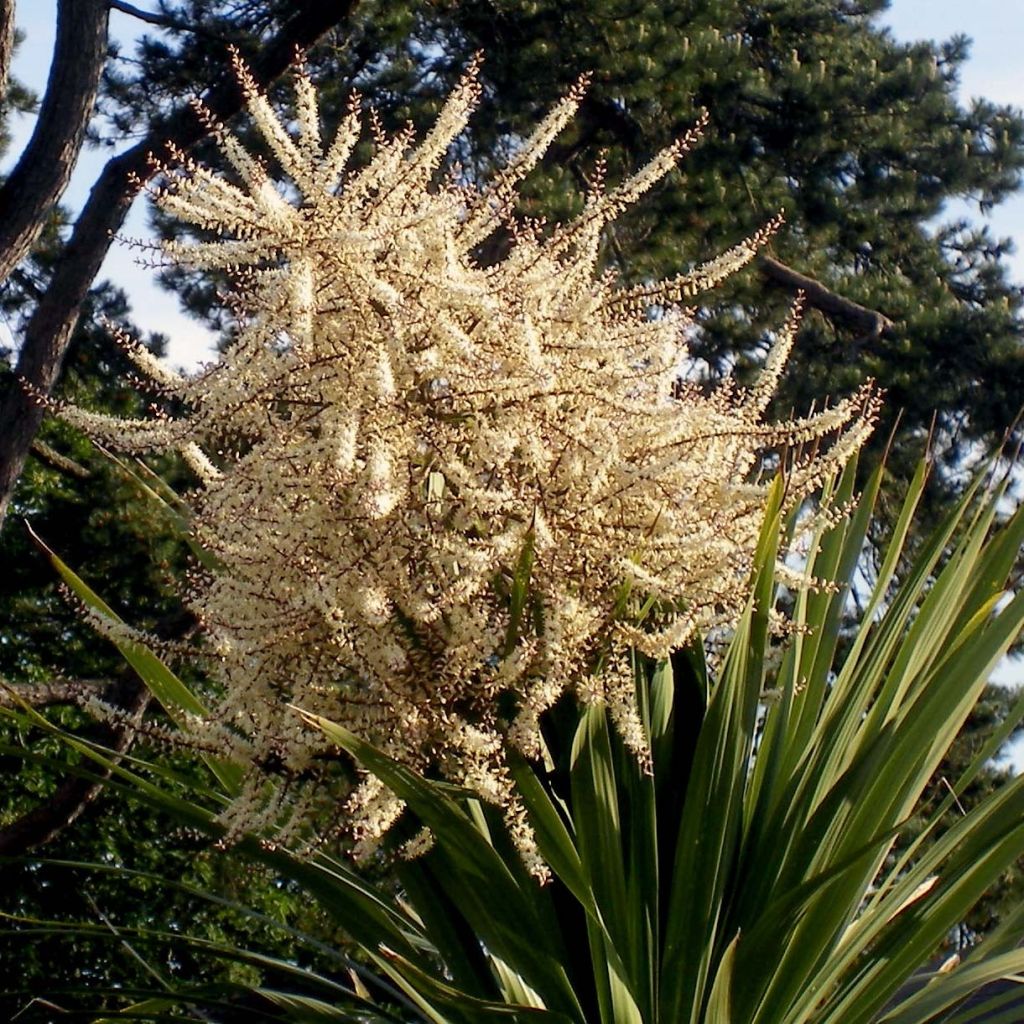

Cordyline australis - Cabbage Tree
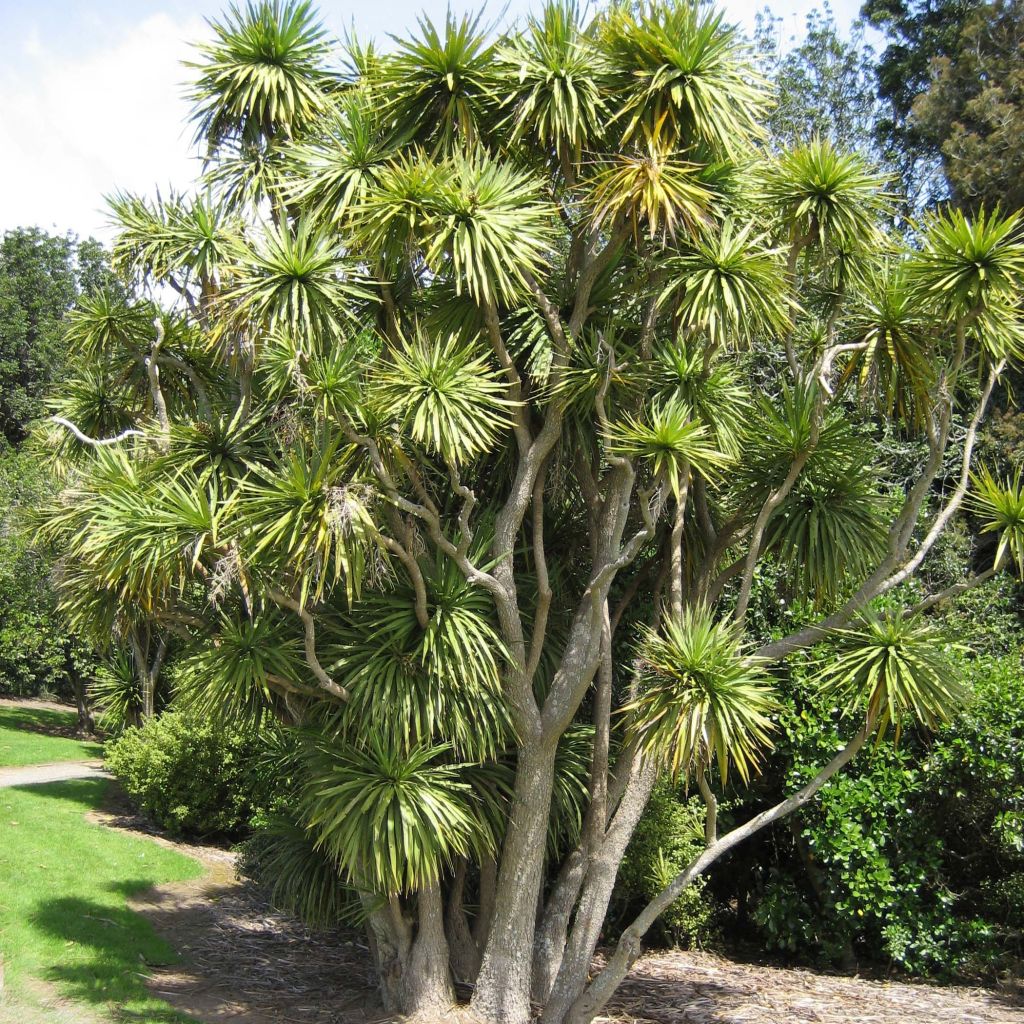

Cordyline australis - Cabbage Tree
Cordyline australis - Cabbage Tree
Cordyline australis
Cabbage Tree, New Zealand Cabbage palm
My young plant has arrived. It is very beautiful. I am delighted with my purchase.
Catherine , 09/12/2023
This item cannot be shipped to the selected country
Delivery charge from €5.90
Delivery charge from €5.90
More information
Schedule delivery date,
and select date in basket
This plant carries a 24 months recovery warranty
More information
We guarantee the quality of our plants for a full growing cycle, and will replace at our expense any plant that fails to recover under normal climatic and planting conditions.
From €5.90 for pickup delivery and €6.90 for home delivery
Express home delivery from €8.90.
From €5.90 for pickup delivery and €6.90 for home delivery
Express home delivery from €8.90.


Does this plant fit my garden?
Set up your Plantfit profile →
Description
Cordyline australis, in Latin Dracaena australis, is an arboreal plant that is quite exotic, elegantly expressing the charm of the antipodes. It resembles a small palm tree with long leaves grouped in tufts. During summer months, mature specimens produce immense panicles of white-cream and fragrant flowers that remain decorative for a long time. This beautiful plant likes sandy soils and sea breezes. In the ground, it should be reserved for coastal climate. Elsewhere, it can be cultivated in a large pot, to adorn the veranda or even the house in bad weather.
Cordyline australis is an arborescent perennial plant of the Agavaceae family endemic to New Zealand. In nature, this plant reaches a height of 20 m (65.6 ft) and forms a robust trunk that branches into numerous leafy-headed branches that can reach 1 m (3.3 ft) in length. Cordyline is found in very diverse habitats, such as forest edges, riverbanks, and open areas, particularly near marshes.
The plant has a rosette-like leafy habit in its juvenile state (for several years), then it forms a small tree with a single trunk and branches adorned with leafy tufts. In the ground, in coastal gardens, it will slowly reach a height of 5 m to 6 m (16.4 ft to 19.7 ft), with a spread of 2 m (6.6 ft). In pots, it will rarely exceed a height of 2 m (6.6 ft), with a crown reaching 1 m (3.3 ft) in spread, and will probably never flower. Its evergreen leaves are long and narrow, sword-shaped, pointed, slightly arched, and wider for older leaves. They measure 40 cm to 90 cm (15.7 in to 35.4 in) in length and 3 cm to 7 cm (1.2 in to 2.7 in) in width at the base. Flowering occurs in summer, on mature plants. Each branch can grow out once it has produced a floral stem. The small white, sweetly scented flowers are grouped in small rosettes and borne on large dense panicles measuring 60 cm to 100 cm (23.6 in to 39.4 in) in length. The fruit, a white and round berry, is highly appreciated by birds. On mature plants, the trunk bark is grey, cork-like in appearance, and fissured, with a spongy touch. Cordyline australis is a slow-growing but very long-lived plant.
Resistant to wind and sea spray, it is a good plant for coastal areas and is often found in municipal gardens. Cordyline australis can be planted in the centre of a flower bed, used as a row tree, as a windbreak, or isolated in a temperate garden. It can withstand brief frosts of around -5° C to -7° C (23° F to 19.4° F). It can be grown in large pots, which should be moved indoors in winter. In pots, pay attention to watering and fertilisation. This remarkable plant, like banana trees, proteas, cannas, Grevillea, bamboo, giant miscanthus, or castor oil plants, will give a truly exotic aspect to gardens and terraces. It forms beautiful flowering hedges, both highly ornamental and effective in protecting the garden from the wind.
Report an error about the product description
Cordyline australis - Cabbage Tree in pictures
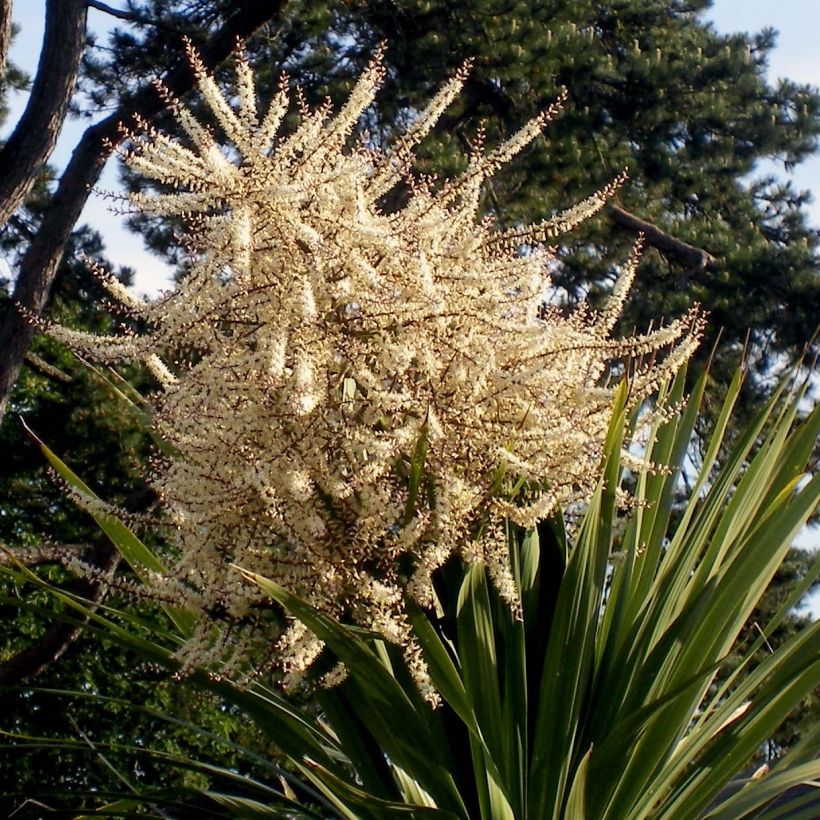

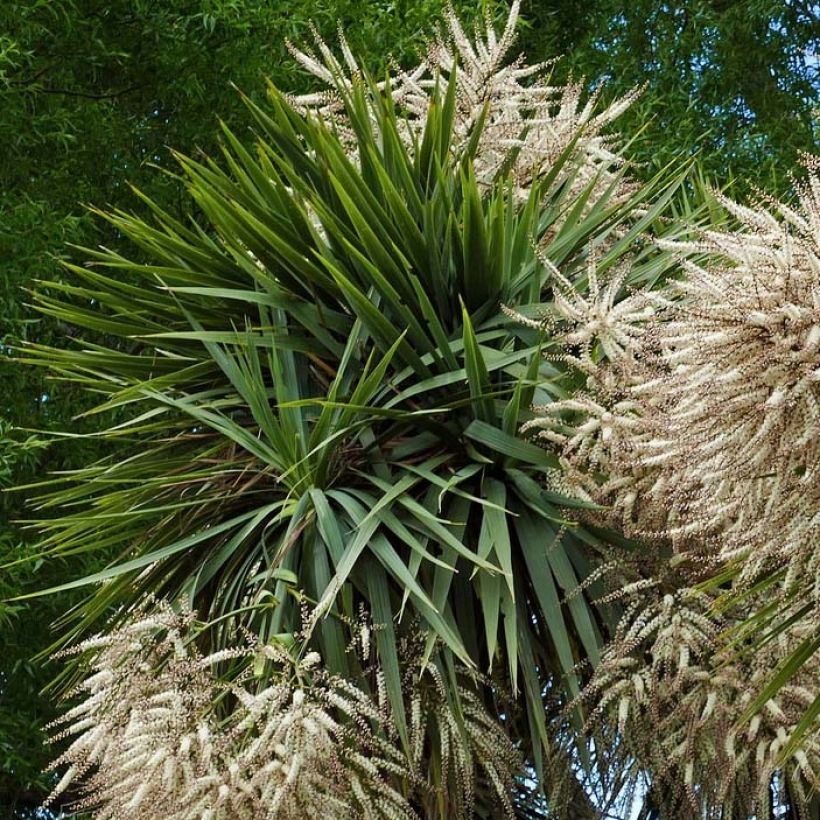



Plant habit
Flowering
Foliage
Botanical data
Cordyline
australis
Agavaceae
Cabbage Tree, New Zealand Cabbage palm
Oceania
Other Cordyline
Planting and care
Cordyline australis thrives in the sun in rather moist and well-drained soil. It can withstand winds and sea spray, but place it sheltered from cold north winds. It appreciates high summer temperatures but dislikes waterlogged soils. When planting in spring, add coarse sand such as river sand or gravel. In winter, protect the top of the bush with a winter cover. Cordyline does not require specific pruning. Only remove dried leaves and faded flowers. Do not overwater, only in case of drought. It has few enemies as it does not attract predators.
It can be grown well in a large pot, even indoors if the room is very bright and not too heated.
Planting period
Intended location
Care
-
, onOrder confirmed
Reply from on Promesse de fleurs
Evergreen shrubs
Haven't found what you were looking for?
Hardiness is the lowest winter temperature a plant can endure without suffering serious damage or even dying. However, hardiness is affected by location (a sheltered area, such as a patio), protection (winter cover) and soil type (hardiness is improved by well-drained soil).

Photo Sharing Terms & Conditions
In order to encourage gardeners to interact and share their experiences, Promesse de fleurs offers various media enabling content to be uploaded onto its Site - in particular via the ‘Photo sharing’ module.
The User agrees to refrain from:
- Posting any content that is illegal, prejudicial, insulting, racist, inciteful to hatred, revisionist, contrary to public decency, that infringes on privacy or on the privacy rights of third parties, in particular the publicity rights of persons and goods, intellectual property rights, or the right to privacy.
- Submitting content on behalf of a third party;
- Impersonate the identity of a third party and/or publish any personal information about a third party;
In general, the User undertakes to refrain from any unethical behaviour.
All Content (in particular text, comments, files, images, photos, videos, creative works, etc.), which may be subject to property or intellectual property rights, image or other private rights, shall remain the property of the User, subject to the limited rights granted by the terms of the licence granted by Promesse de fleurs as stated below. Users are at liberty to publish or not to publish such Content on the Site, notably via the ‘Photo Sharing’ facility, and accept that this Content shall be made public and freely accessible, notably on the Internet.
Users further acknowledge, undertake to have ,and guarantee that they hold all necessary rights and permissions to publish such material on the Site, in particular with regard to the legislation in force pertaining to any privacy, property, intellectual property, image, or contractual rights, or rights of any other nature. By publishing such Content on the Site, Users acknowledge accepting full liability as publishers of the Content within the meaning of the law, and grant Promesse de fleurs, free of charge, an inclusive, worldwide licence for the said Content for the entire duration of its publication, including all reproduction, representation, up/downloading, displaying, performing, transmission, and storage rights.
Users also grant permission for their name to be linked to the Content and accept that this link may not always be made available.
By engaging in posting material, Users consent to their Content becoming automatically accessible on the Internet, in particular on other sites and/or blogs and/or web pages of the Promesse de fleurs site, including in particular social pages and the Promesse de fleurs catalogue.
Users may secure the removal of entrusted content free of charge by issuing a simple request via our contact form.
The flowering period indicated on our website applies to countries and regions located in USDA zone 8 (France, the United Kingdom, Ireland, the Netherlands, etc.)
It will vary according to where you live:
- In zones 9 to 10 (Italy, Spain, Greece, etc.), flowering will occur about 2 to 4 weeks earlier.
- In zones 6 to 7 (Germany, Poland, Slovenia, and lower mountainous regions), flowering will be delayed by 2 to 3 weeks.
- In zone 5 (Central Europe, Scandinavia), blooming will be delayed by 3 to 5 weeks.
In temperate climates, pruning of spring-flowering shrubs (forsythia, spireas, etc.) should be done just after flowering.
Pruning of summer-flowering shrubs (Indian Lilac, Perovskia, etc.) can be done in winter or spring.
In cold regions as well as with frost-sensitive plants, avoid pruning too early when severe frosts may still occur.
The planting period indicated on our website applies to countries and regions located in USDA zone 8 (France, United Kingdom, Ireland, Netherlands).
It will vary according to where you live:
- In Mediterranean zones (Marseille, Madrid, Milan, etc.), autumn and winter are the best planting periods.
- In continental zones (Strasbourg, Munich, Vienna, etc.), delay planting by 2 to 3 weeks in spring and bring it forward by 2 to 4 weeks in autumn.
- In mountainous regions (the Alps, Pyrenees, Carpathians, etc.), it is best to plant in late spring (May-June) or late summer (August-September).
The harvesting period indicated on our website applies to countries and regions in USDA zone 8 (France, England, Ireland, the Netherlands).
In colder areas (Scandinavia, Poland, Austria...) fruit and vegetable harvests are likely to be delayed by 3-4 weeks.
In warmer areas (Italy, Spain, Greece, etc.), harvesting will probably take place earlier, depending on weather conditions.
The sowing periods indicated on our website apply to countries and regions within USDA Zone 8 (France, UK, Ireland, Netherlands).
In colder areas (Scandinavia, Poland, Austria...), delay any outdoor sowing by 3-4 weeks, or sow under glass.
In warmer climes (Italy, Spain, Greece, etc.), bring outdoor sowing forward by a few weeks.



































